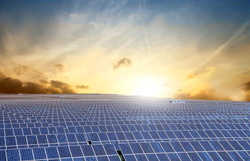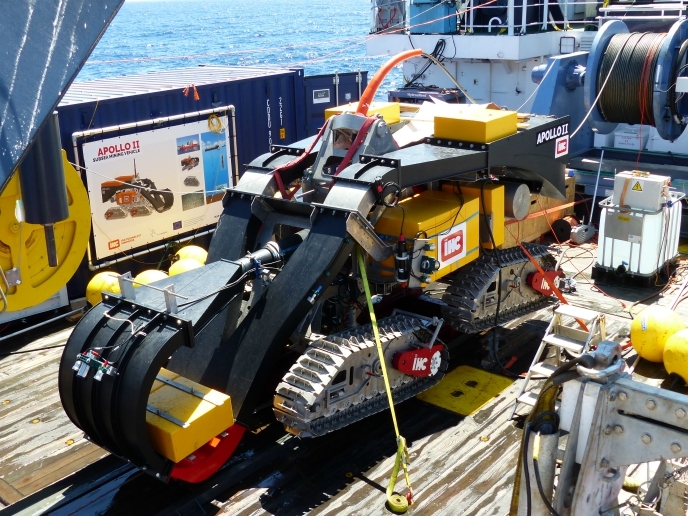New applications for photovoltaics, optoelectronics
The 'Nanocrystalline silicon films for photovoltaic and optoelectronic applications' (Nanophoto) project worked on developing nanocrystalline silicon (nc-Si) films for applications in photovoltaics and optoelectronics. To aid this work, the EU-funded project also set out to develop computational tools to assist the design of a new nc-Si growth process with a variant of a low-energy plasma-enhanced chemical vapour deposition (LEPECVD) reactor. Modelling activities included molecular dynamics (MD) and from-scratch calculations, and computational tools were used to evaluate microstructure and strain. To begin with, researchers aimed to determine the best approaches to describe the complex, multi-scale physics of nc-Si films grown by LEPECVD. Models were first applied to ideal situations to gain a better understanding of fundamental physics. They were then applied to real world situations, with significant findings. The study produced many positive results. One example is the modelling of the structural evolution of nc-Si and nc-Si/a-Si (crystalline v amorphous ratio) by accounting for stress effects, and determining the interface atomic mobility under arbitrary temperature/stress conditions. Further studies showed that there is no electron-wave function confinement in pure silicon systems. By employing a DAC-TB algorithm, LEPECVD team members were able to fully characterise the electronic properties of nc-Si during finite temperature crystallisation. This allowed for a comparison —the first of its kind — between the structural and optoelectronic properties of large-scale nanocrystalline models. The study also returned positive experimental results in prototyping.







